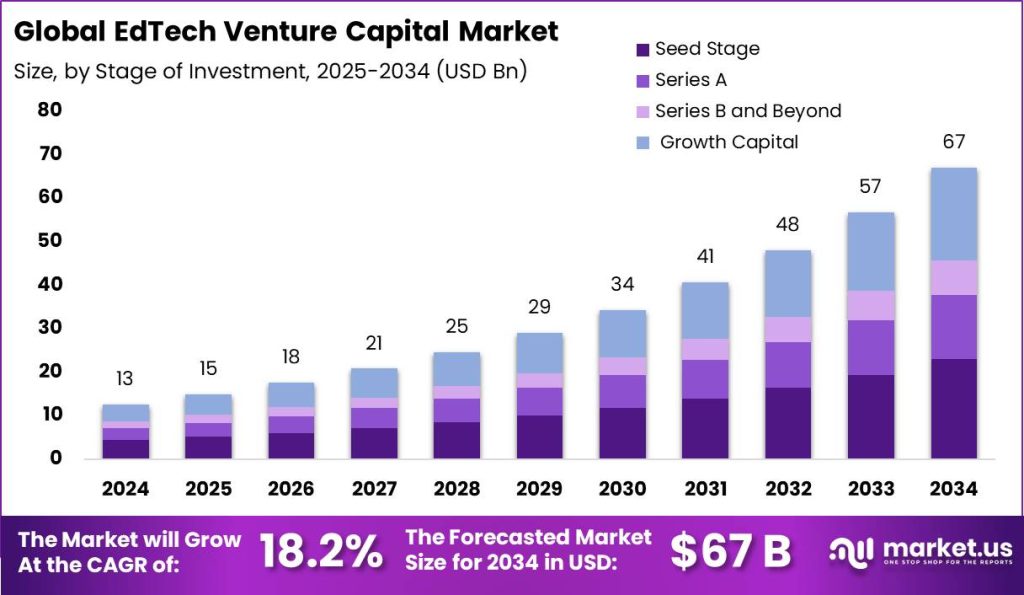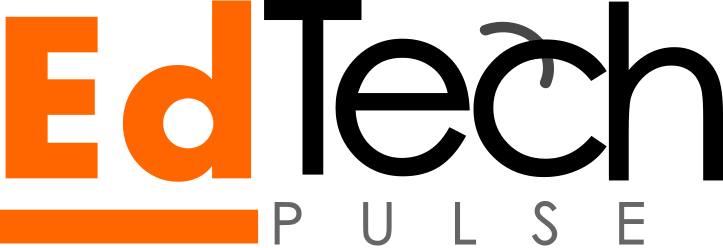Introduction: A Milestone Moment for EdTech
The education technology (EdTech) landscape has exploded in the last decade, but 2025 is already shaping up to be a pivotal year. Recently, TIME and Statista collaborated to release a comprehensive list of the world’s top 350 EdTech companies for 2025. This isn’t just a ranking—it’s a spotlight on innovation, industry disruption, and financial resilience.
This article explores what makes these companies stand out, what trends are shaping the EdTech sector, and how these top players are redefining how we learn, teach, and grow in a digital world.

1. The Collaboration: TIME + Statista = Credibility and Rigo
When two globally respected organizations come together, the result is both trustworthy and insightful. TIME, known for its journalism and influence, and Statista, recognized for its robust data analysis, joined forces to evaluate thousands of EdTech companies around the world.
The methodology considered:
- Financial strength and performance
- Innovation and digital impact
- User growth and engagement
- Global presence and scalability
This rigorous vetting process ensured that the final 350 companies weren’t just the biggest names, but the ones truly shaping the future of education.
2. The Rise of Global EdTech: A Truly Worldwide Movement
EdTech is no longer centered in Silicon Valley or a few elite markets. Companies from across the globe—including Asia, Africa, Europe, and Latin America—have made the 2025 list, underscoring that educational innovation knows no boundaries.
From language learning apps developed in Nigeria to AI tutoring platforms in South Korea, these companies are solving local and global challenges in creative ways.
Top Global Standouts:
- BYJU’S (India)
- Duolingo (USA)
- Eedi (UK)
- Labster (Denmark)
- uLesson (Nigeria)
- GoStudent (Austria)
3. Categories of EdTech That Are Thriving in 2025
The top 350 list reveals a lot about where the industry is headed. Here are the most successful and innovative segments in today’s EdTech landscape:
a) K-12 Learning Platforms These include interactive learning environments, gamified apps, and adaptive learning systems that help young learners stay engaged.
b) Higher Education and Credentialing Universities are partnering with EdTech firms to deliver online degrees, micro-credentials, and immersive experiences.
c) Corporate Learning & Upskilling As industries evolve, employees turn to EdTech to stay competitive. Companies like Coursera for Business and LinkedIn Learning are leaders in this space.
d) Tutoring & Test Prep Platforms offering on-demand tutoring and standardized test preparation continue to grow.
e) EdTech Infrastructure From video conferencing tools to LMS (Learning Management Systems), infrastructure-focused companies are the unsung heroes behind online learning.
[Photo Suggestion: Collage of app interfaces or dashboards from platforms in different categories.]
4. Financial Strength: The Power Behind the Progress
One key ranking factor was financial performance. Companies that showed solid revenue growth, sustainable business models, and venture capital interest made the list.
Interesting Stats:
- The average annual growth rate among top 350 companies: 28%
- Total venture capital raised (combined): $15.6 billion
- Number of public companies: 28
This financial backing allows EdTech companies to invest in R&D, scale globally, and support a wider range of learners.

5. The Human Impact: Changing Lives, Not Just Metrics
Beyond the financials and features, what makes EdTech truly powerful is its impact on people. Here are a few examples from the 2025 list:
- Khan Academy continues to provide free, high-quality education to underserved communities.
- TAL Education Group in China is blending AI with live instruction to reach rural areas.
- Almentor (Middle East) offers Arabic-language learning content to millions.
These companies are not just businesses—they are change-makers.

6. Future Trends: What’s Next for EdTech?
The TIME-Statista list gives us a peek into the future of EdTech. Some key trends include:
- AI-Powered Personalization: Tailoring lessons to individual learning styles.
- Immersive Learning: Using VR/AR for training, simulations, and classroom experiences.
- Global Collaboration: Students from different continents learning together in real-time.
- Sustainability and Access: Designing tools that work in low-resource environments.
As technology continues to evolve, so too will our understanding of what it means to educate.

7. What This Means for Educators, Students, and Investors
If you’re an educator, this list is a goldmine of tools that can enhance your teaching.
If you’re a student or parent, it’s reassurance that education is becoming more accessible, personalized, and engaging.
And if you’re an investor, it highlights where the smart money is going.
Whether you’re planning to adopt new technologies, support a startup, or simply stay informed, the TIME-Statista EdTech 350 is a valuable resource.
Conclusion: The Learning Revolution is Just Beginning
The 2025 TIME and Statista EdTech 350 list doesn’t just showcase the biggest names; it celebrates the innovators who are making education more inclusive, effective, and exciting.
We’re standing at the edge of a new educational era—one where technology, creativity, and equity come together to transform how the world learns. If you haven’t explored the EdTech world yet, now is the time.




